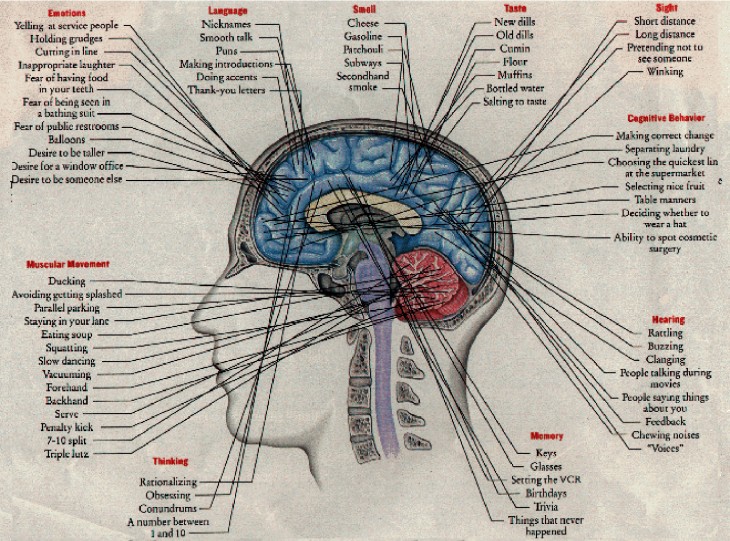The complexity of human brain to be introduced into a machine to produce the utmost artificial intelligent. Highly ambitious but if it works, will there be a species more intelligent than man?
Preamble The theory of Architecture machines by Nicholas Negroponte, written in 1969, is a visionary scheme by the architect, about designing intelligent machines of architecture to ease out the process of attaining optimum design interpretations. It discusses about architecture machines that can learn about learning architecture which function in partnership with the designer through a dialogue. Frame Nicholas Negroponte describes that there is a need for machines to learn, understand, associate courses with goals, to be self-improving, to be ethical, in short, to be intelligent. A design machine must have an artificial intelligence because any design procedure is questionable when used out of context or in disregard of context of reasoning. He ingeniously explains that machines must understand the context before carrying out any procedure using their own wisdom learnt over time. He states that architects cannot handle intricate large scale problems and tend to overlook the small scale problems. Consequently, this causes a distinct manoeuvrability gap that exists between the scale of the mass and the scale of the individual, the scale of the city and the scale of the room. The architecture machine’s therefore come into play to exhibit alternatives, distinguish conflicts and make smart suggestions beyond the comprehension of the architect in the given time. The architect-machine partnership would form a perpetual iteration between form and principles. According to Negroponte the 5 particular subassemblies of an architecture machines would be:
- A heuristic Mechanism – The machine provides with solutions based on thumb rules. Though not very accurate, it serves as a solution for the time being
- A rote apparatus – This mechanism stores events circumstances of events and when similar situations are encountered, it uses information from past
- A conditioning device – Consequently, repeated responses become a habit and machines will respond with a combination of rote apparatus and a heuristic mechanism to develop its own conditioned reflex.
- A reward selector – The designer must express his degree of satisfaction in order for the machine to understand when the process has been successful
- A forgetting convenience – The machines should be able to forget in order to remove the inflexibility of functions and to adopt new ways of addressing to situations
These five items are only pieces; the entire body will be an ever changing group of mechanisms that will undergo structural mutations, bear offspring, and evolve, all under the direction of a steersman. Conclusion Negroponte’s theories were far ahead of his period and we can see functional examples of his theories in the contemporary time. Machines and softwares used today have eased out the complex mathematical tasks and refined the process of production, however, they do not provide absolute design solutions unless programed to. Primarily, this is because machines possess only logical thinking and no emotional quotient, much required to design spatial character. My area of research will intervene the understanding of the possibilities of artificial intelligence, capable of combining of both emotional and logical decisions. The characteristics of intelligent machines should be attachment with goals, the self-critique, innovative thinking, common sense and most importantly the consciousness of comparing the right and wrong. Will this evoke a possibility of machines being much better architects than humans? Or the creator will perpetually be the superior creature producing limitless solutions?
